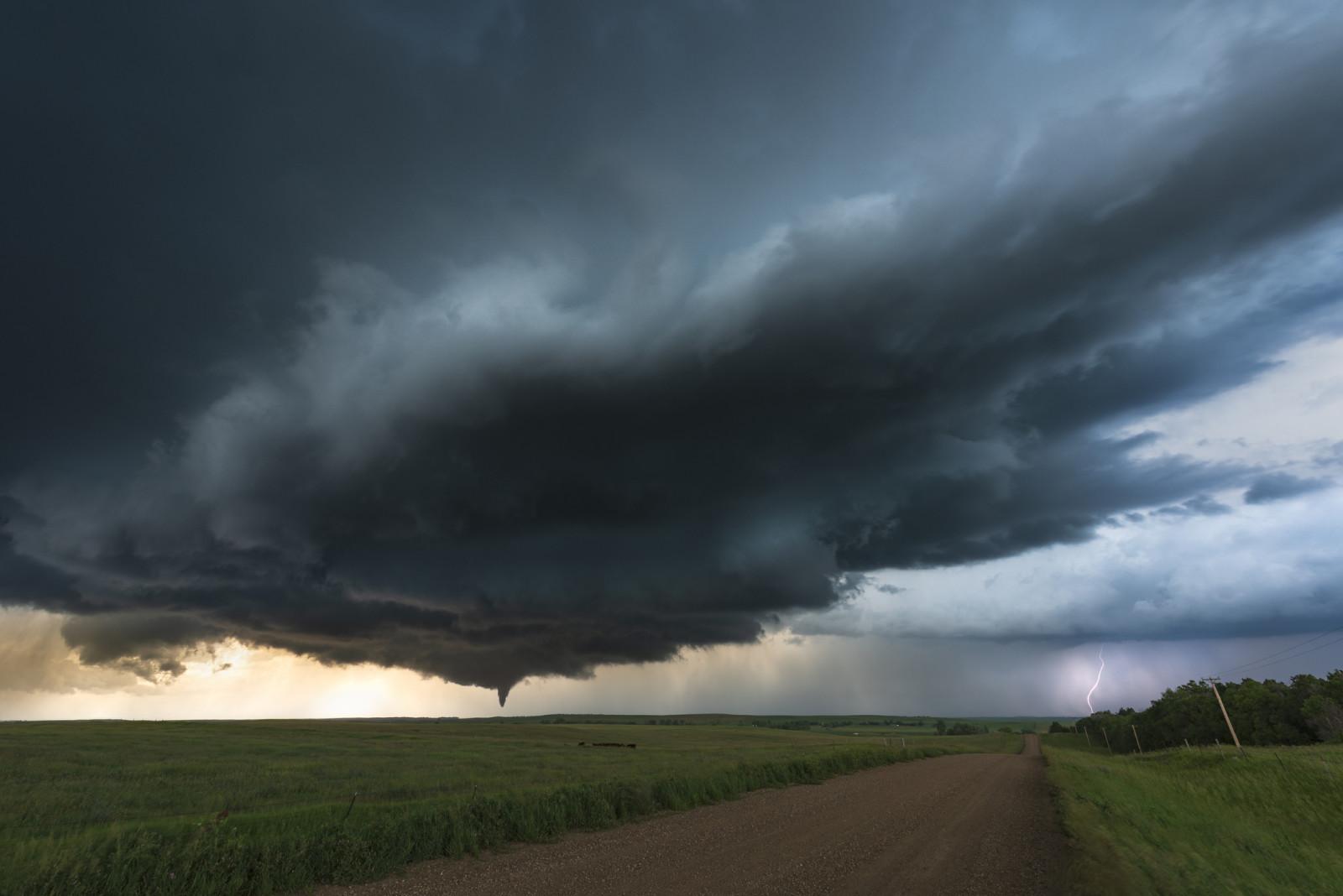
When your house is damaged or destroyed during a storm, it can be a stressful and overwhelming experience. Here are some critical steps to take to start the recovery process:
Prioritize Safety Above All Else:
Ensure that everyone in your household is safe. Evacuate if necessary and seek medical attention for any injuries.
If you cannot live in your home:
People often visit a shelter opened by a local government, the American Red Cross, or other organizations for temporary, immediate housing. In addition to providing a place to sleep, water, and meals, Red Cross services — all of which are free — can sometimes also include childcare, information about disaster-related resources in the community, and access to caseworkers to help with disaster recovery.
You may qualify for assistance if you cannot return to your home for an extended period. The Federal Emergency Management Agency (FEMA) may provide Transitional Sheltering Assistance (TSA) to eligible disaster survivors with a continuing need for shelter after the temporary shelters have closed. This initiative offers short-term lodging for eligible disaster survivors whose communities are uninhabitable or inaccessible due to disaster-related damages. FEMA may help you with displacement costs by providing:
- Reimbursement of hotel expenses for short-term lodging:
- Initial rent money to find a place to live if you can’t return to your home.
- For qualified applicants, continued rental assistance, plus a security deposit, may be available for up to 18 months while their home is being repaired.
- FEMA has housing assistance programs for people whose homes have been destroyed. These programs include financial assistance to help with any additional cost of replacing your home that isn’t covered by insurance. Find more information on FEMA’s housing assistance programs.
Assess and Document the Damage:
Carefully inspect your home to assess the extent of the damage. Take photos or videos to document the affected areas. This evidence will be crucial for insurance claims and disaster assistance applications2.
Contact Your Insurance Agent/Company:
Step 1: Call your insurance company to file a claim. Please provide them with all relevant information about the damage.
Step 2: Work closely with your insurance adjuster to assess the damage and determine coverage. Be prepared to provide documentation and evidence3.
Get in Touch with Your Mortgage Servicer:
Contact your mortgage servicer and let them know what happened. If you’re struggling to make your mortgage payment or can’t meet your reverse mortgage obligations, such as paying taxes and insurance, there are resources and potential options to avoid foreclosure.
Be sure to ask:
- What options are available to help me temporarily reduce or suspend my payments?
- Are there forbearance options?
- Can you waive late fees?
The amount and type of aid you receive may depend on the type of mortgage loan you have. If you have a mortgage loan that is not insured or sponsored by entities like Fannie Mae and Freddie Mac, any disaster relief or assistance will be up to the owner or servicer of your loan. Federal rules allow but do not require an owner or servicer to offer help in the event of a disaster. For example, government-sponsored or government-insured mortgage loans have guidelines that allow servicers to stop or delay a foreclosure proceeding.
Once you determine whether you have a government-insured or sponsored mortgage, they may have specific programs. Here are some helpful links.
- Fannie Mae hurricane relief
- Freddie Mac natural disasters
- Federal Housing Administration (FHA) Disaster Relief Options: If you have an FHA-insured mortgage and can't pay because of the disaster, your lender may be able to help you. If you're at risk of losing your home because of the disaster, your lender may stop or delay initiation of foreclosure for 90 days. This is called a "foreclosure moratorium."
- The Department of Veterans Affairs (VA) has information and assistance for veteran borrowers.
- The United States Department of Agriculture (USDA) Rural Housing Service has Rural Development Disaster Assistance for housing loan borrowers. These loans may also have protections.
- Government programs and services may have application deadlines. Sometimes, these deadlines are extended, so check the program website for the most current information.
Keep up payments:
If your residence is temporarily uninhabitable or destroyed, the Red Cross recommends notifying utility companies, streaming services, etc., so they can stop billing you immediately.
Call any creditors and ask for more time to pay. Most creditors will be willing to work with you, especially if you notify them before a payment is due.
Your highest priority should be paying insurance premiums and your mortgage.
Look for Federal Disaster Assistance:
Explore aid from government organizations. FEMA (Federal Emergency Management Agency) provides housing assistance programs for people whose homes have been destroyed. This may include financial assistance for replacing your home or temporary lodging3.
Prevent Any Further Damage:
Cover damaged areas with plywood or tarps to prevent additional harm.
Keep All Receipts for Repairs Made:
Save receipts for any repairs or temporary accommodations. These will be essential for insurance claims and reimbursement2.
Remember that dealing with storm damage can be emotionally challenging. Contact local resources, support networks, and disaster relief organizations for additional guidance and assistance during this difficult time. Stay safe and take proactive steps to recover from the storm's impact.
Learn more details on how to recover financially from a natural disaster, including how to seek help making payments for other property or loans.